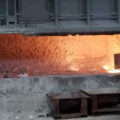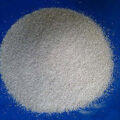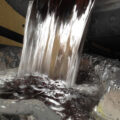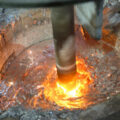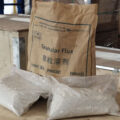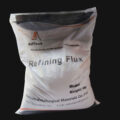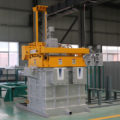AdTech degassing agent is used for removing the hydrogen, oxides, and nonmetallic inclusions. AdTech degassing refining flux utilizes unique technology to enhance the traditional degassing and deslagging effect, and this technology applies to the casting process of multi-series aluminum alloy products such as micron-sized aluminum foil, PS baseboard for printing, canning material, elastic packaging material, railway transportation, aerospace products, cable & wire and other casting aluminum purifying.
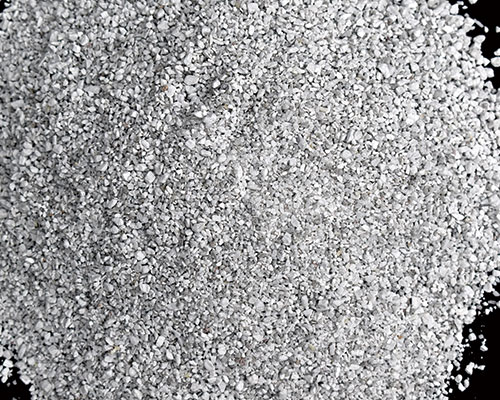
AdTech degassing refining flux white powdery or granular fine particles. After appropriate heat treatment and screening, it turns to a uniform size, which is conducive for transferring in refining jar with(N2 or Ar) gas as a carrier to the bottom layer of molten aluminum. Through physical and chemical changes in the molten aluminum, numerous small bubbles are formed and fully in contact with molten aluminum, separating hydrogen and other harmful gases.
Hydrogen is removed from the melt by diffusion into the rising gas bubbles. This occurs as a result of the difference in partial pressure between the melt and the gas, the rate of diffusion is determined by the partial pressure difference between the gas and the melt, as well as by the surface area of contact.
Oxides and nonmetallic inclusions adhere to the bubble surface and are flushed out of the melt via flotation particles in the size range of 1 micrometer to 1 millimeter that is suspended in the melt readily attach themselves to the surfaces of the upward rising bubbles and are given sufficient upward movement to be flushed to the surface of the bath. Flushing is influenced by the size of the bubbles, the route the bubbles take, and the surface tension of the bubble.
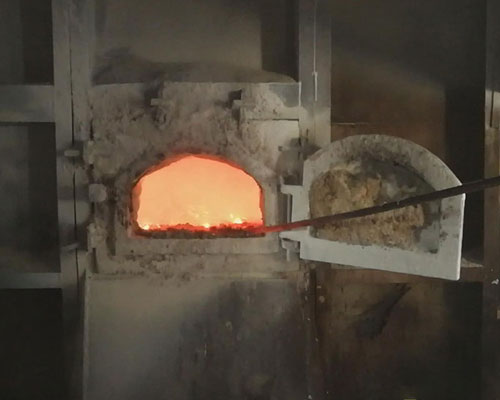
The degassing agent used can cause a wetting effect on the bubble surface which will increase the ability of the gas to remove oxides and particles. Bubble size and path are an expression of the likelihood that a particle will be encountered by a bubble; surface tension determines to what extent a particle will adhere to the bubble which it encounters. At the same time, adsorbing and fusing compounds contained in the refining flux can strongly adsorbing and fusing oxide and float, attaching together to the bubbles, with the rise of the bubbles and being brought to the surface of molten aluminum, so as to achieve the degassing and deslagging purpose of purification.

